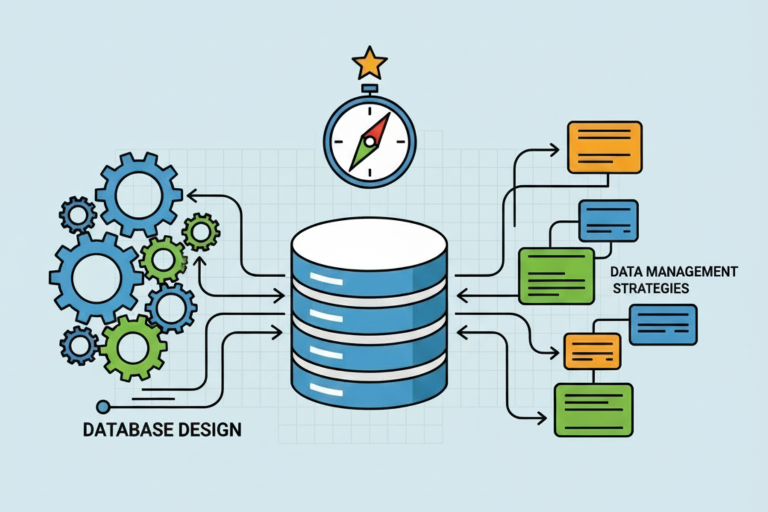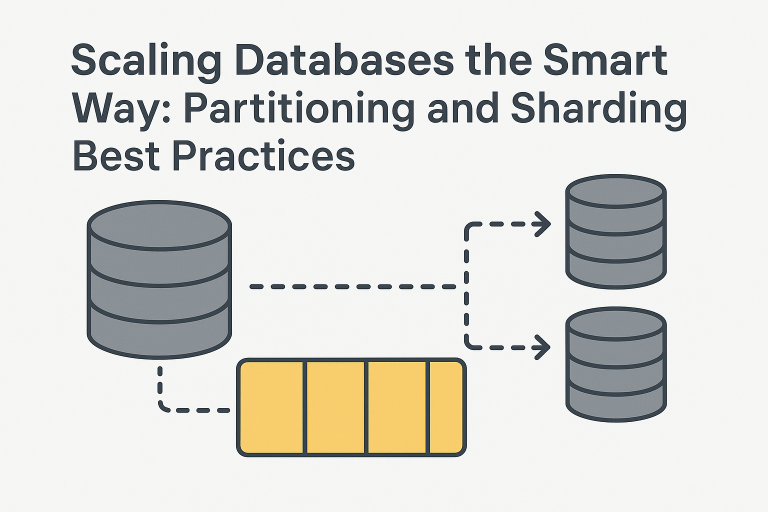
As per AV-Test, a security research firm, every day, they register more than 450,000 new malicious programs (malware) and potentially unwanted applications (PUA). Due to the pandemic, when most companies are running with a distributed workforce, the number of cyberattacks has increased enormously. Just last summer, the instances of malware attacks have increased from 1 billion to 1.3 billion. Therefore, the importance of cybersecurity has immensely increased—it has become more than the inclusion of technology features. In the current situation, cybersecurity is all about protecting yourself from illegitimate attempts by integrating cyber resiliency into your business processes. With the integration of cyber resilience in your day-to-day operations, you can ensure the data safety of your organization.
What Is Cyber Resiliency?
Cyber resiliency is the ability of a company to help in business acceleration by preparing for, responding to, and recovering from different cyber threats. A cyber-resilient organization can adapt to both known and unknown adversities, challenges, crises, and threats. The goal of cyber resiliency is to help your organization thrive despite challenges like pandemics or financial instability.
From securing the industry value chain to digital transformation, on every occasion, cyber resiliency plays a crucial role in accelerating business value.
How to Integrate Cyber Resiliency into Your Organization?
Even a decade ago, cybersecurity was not so crucial—it was just an additional process. Over the years, cybercriminals have become much more active, and that makes cybersecurity a mandate for every organization. The most effective solution to establish a powerful cybersecurity model is to consider it more digital resilience than a control function.
Integration of such a cybersecurity model allows organizations to carry on with their day-to-day business while protecting critical information. An organization with a defined and unified cybersecurity model is a true cyber-resilient organization.
Here are the eight simple steps to integrate cyber resiliency into your IT strategy. Such as:
1. Do An Accurate Risk Assessment
For cyber resiliency, the very first step is to prepare for attacks on your existing IT system. You may find several weak points that can be invaded during a cyber breach. Cybercriminals can easily gain access through malware and ransomware or even attack your network without recognition. Therefore, your IT system should be robust against all these types of attacks.
First, you need to find out all access points that can be used to breach the critical systems. After assessing your present situation, you need to plan your strategies to include cybersecurity in existing IT systems and processes. You also need to evaluate the critical business data and its storage facility and strategize on the best way to implement security measures.
2. Measure To Improve
Identifying the baseline performance is the best way to measure your overall security posture, which helps you further improve the security infrastructure. After risk assessment, you need to redefine your IT security systems as required to protect the vulnerable points first.
You need to adopt an effective approach to create optimized IT security systems for your business operations. It is good to use intelligent cybersecurity tools to optimize the IT security system. You should also consider having a standby recovery management protocol that your IT team can instantly implement in case of a security breach.
It is always good to document the cybersecurity measures clearly and capture all the assets to verify security policies and governances.
3. Design Technology Roadmap
Designing a technology roadmap for cybersecurity helps you align security processes with business goals and also optimizes your overall cybersecurity posture. A solid roadmap enables you to understand your exact position on the way of integrating cyber resilience today—where you need to be more efficient and what you need to do to reach there. This is an effective way to ensure the success of cybersecurity projects and gain the executive buy-in you need to enable the desired success.
4. Align To Business Goals
Any tech initiatives in a business must align with the business goals-whether that’s profit growth, workplace culture improvement, improving overall efficiencies, etc. When developing the road map for cyber resilience or any other technology adaptation, that must be tied to your business goals and help you achieve success.
5. POC Before Implementation
Multiple technologies and dashboards can look amazing, but that doesn’t mean everything is suitable for your organization’s needs or aligned with your business goal. Therefore, it is essential to validate every technology in your environment before deploying to find whether that functions as envisioned. Otherwise, you might find yourself stuck with multiple technical complications for no purpose.
6. Deploy With A Trusted Partner
For successful integration of cyber resilience, you need to have a trusted tech support partner. Having the most suitable technology partner by your side can make your cyber resiliency journey smooth. They can help you to develop your technology roadmap, deploy the apt technology you choose, meet the goals you set, which will ultimately deliver cyber resiliency to your organization.
7. Build A-Team
To integrate cyber resiliency, you need to have the support of everyone – irrespective of their position. Gain department heads’ support before deploying your strategy as a company-wide initiative. To build cyber resiliency, you need to have a team of the right people, including an experienced technical support team, an ethical hacker, and certified security analysts. This is a great time to consider contracting a Managed IT Services Partner.
8. Educate Everyone
Employee negligence enables hacks, so awareness and prevention training are crucial. You can conduct cybersecurity awareness campaigns, provide training or conduct educational workshops and practical sessions for employees. It is also essential to educate your employee about the recovery steps in times of a crisis.
Conclusion:
Cyber resilience is crucial to every organization. Building a cyber-resilient IT strategy is the best preventive measure to protect your organization from cyber threats. It helps you to prepare for the pre-and post-attack scenarios and avoid or minimize the damage. To make your organization defensive, sustainable, secure in different adverse conditions, you can consider IT infrastructure consulting services to help you implement cyber resiliency. Cyber resilience in your organization moves beyond the model-based security features and becomes an all-inclusive IT strategy. With your trusted IT partner, you can ensure resiliency about your sensitive information’s safety.






